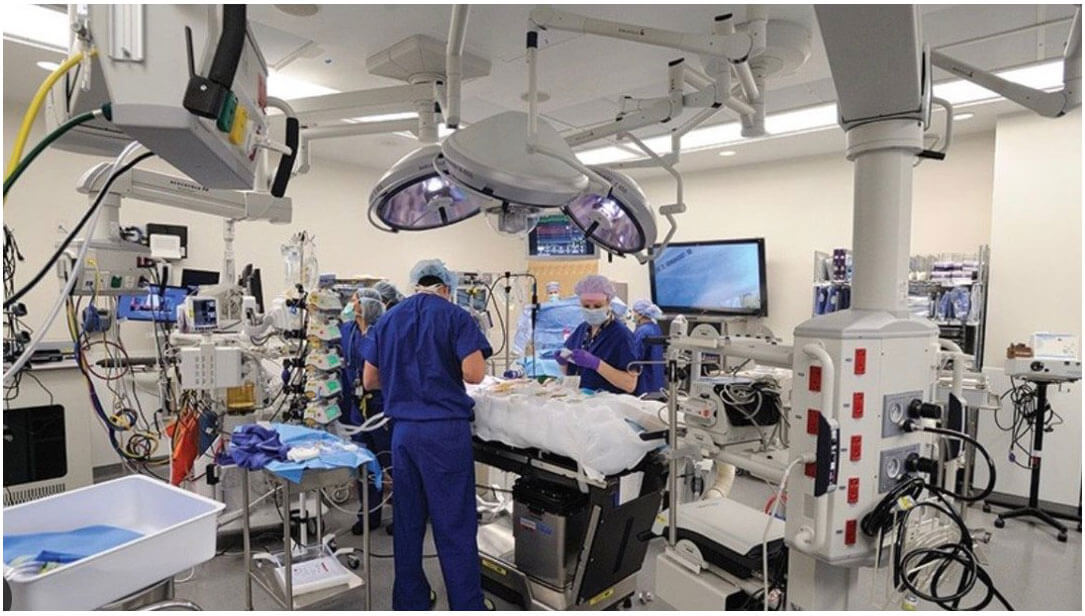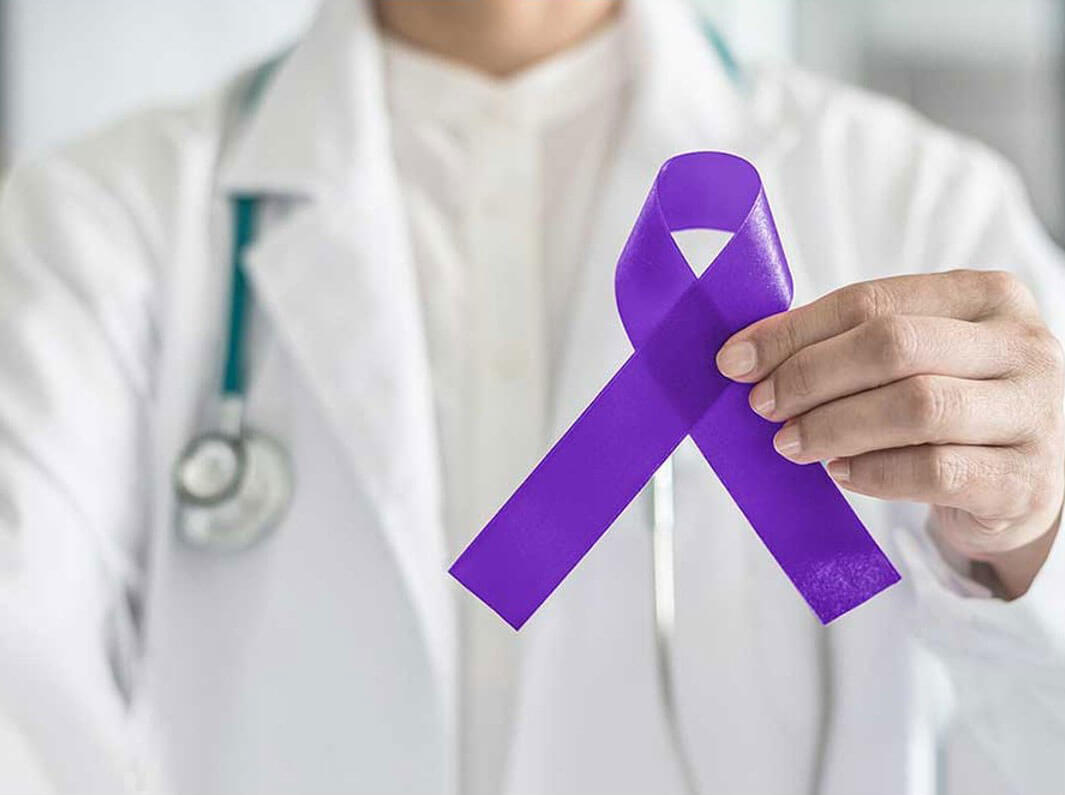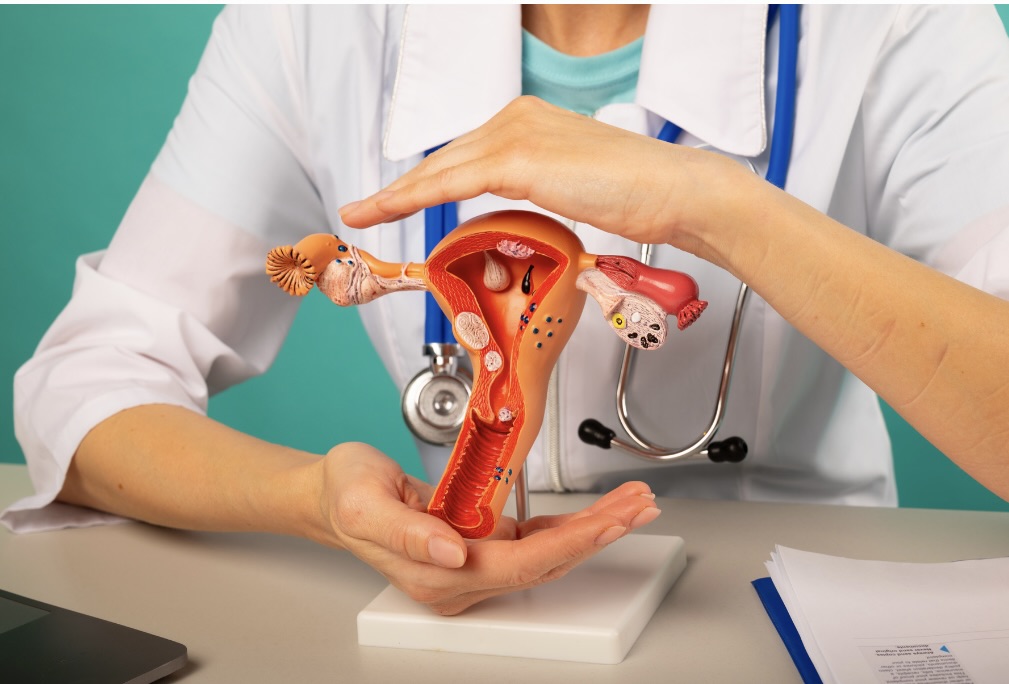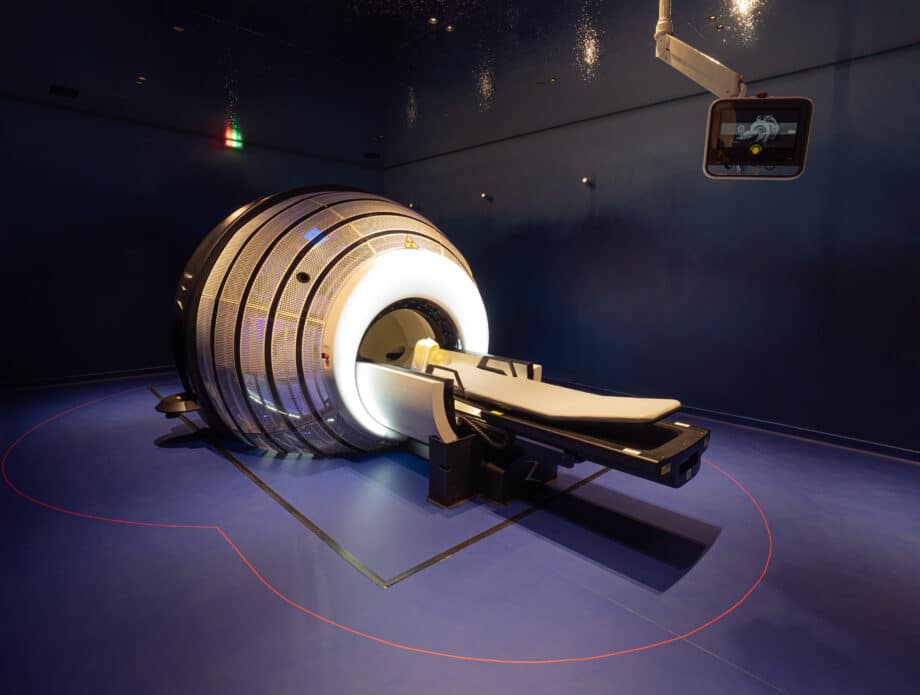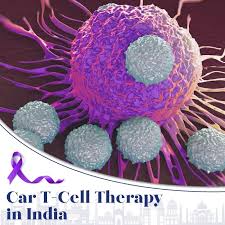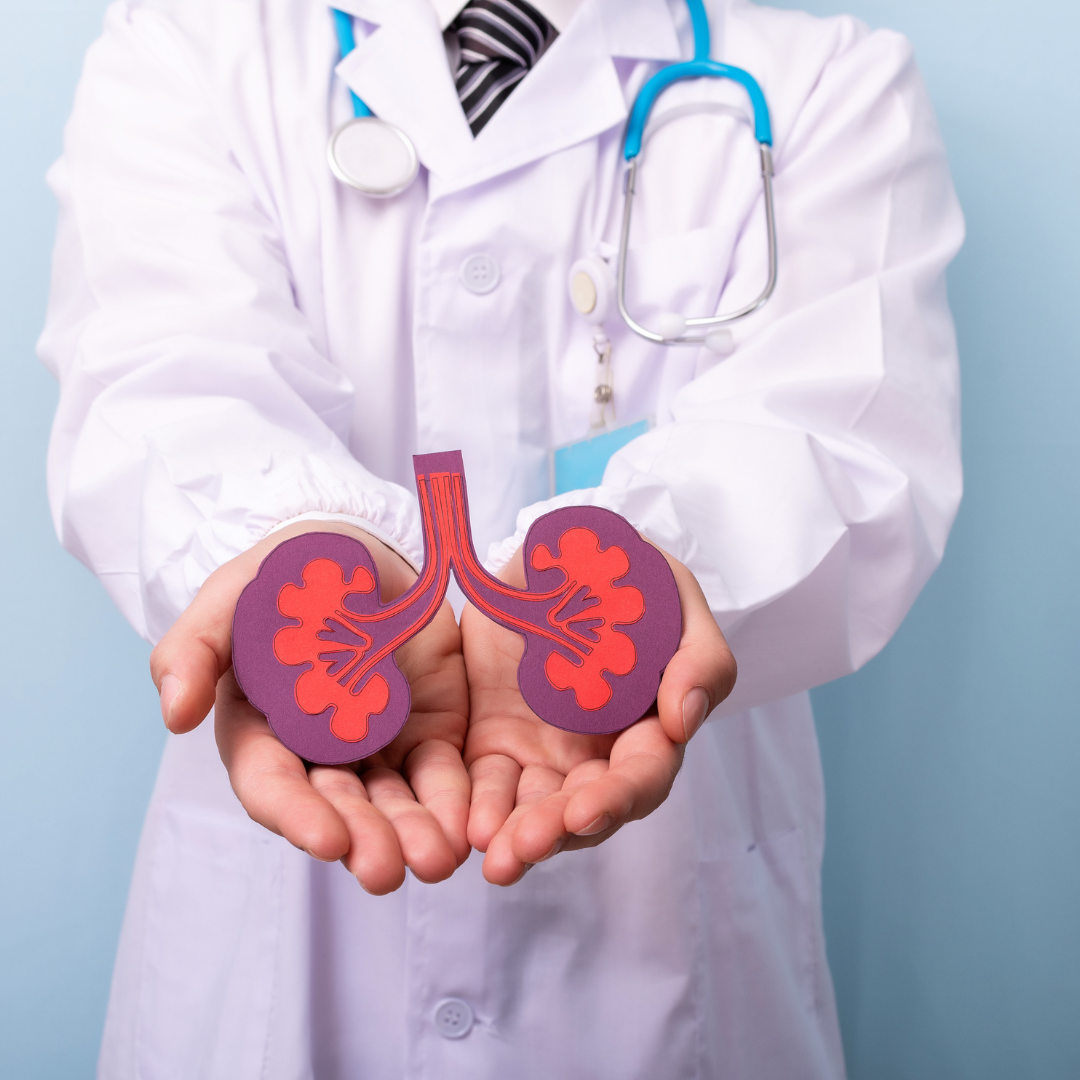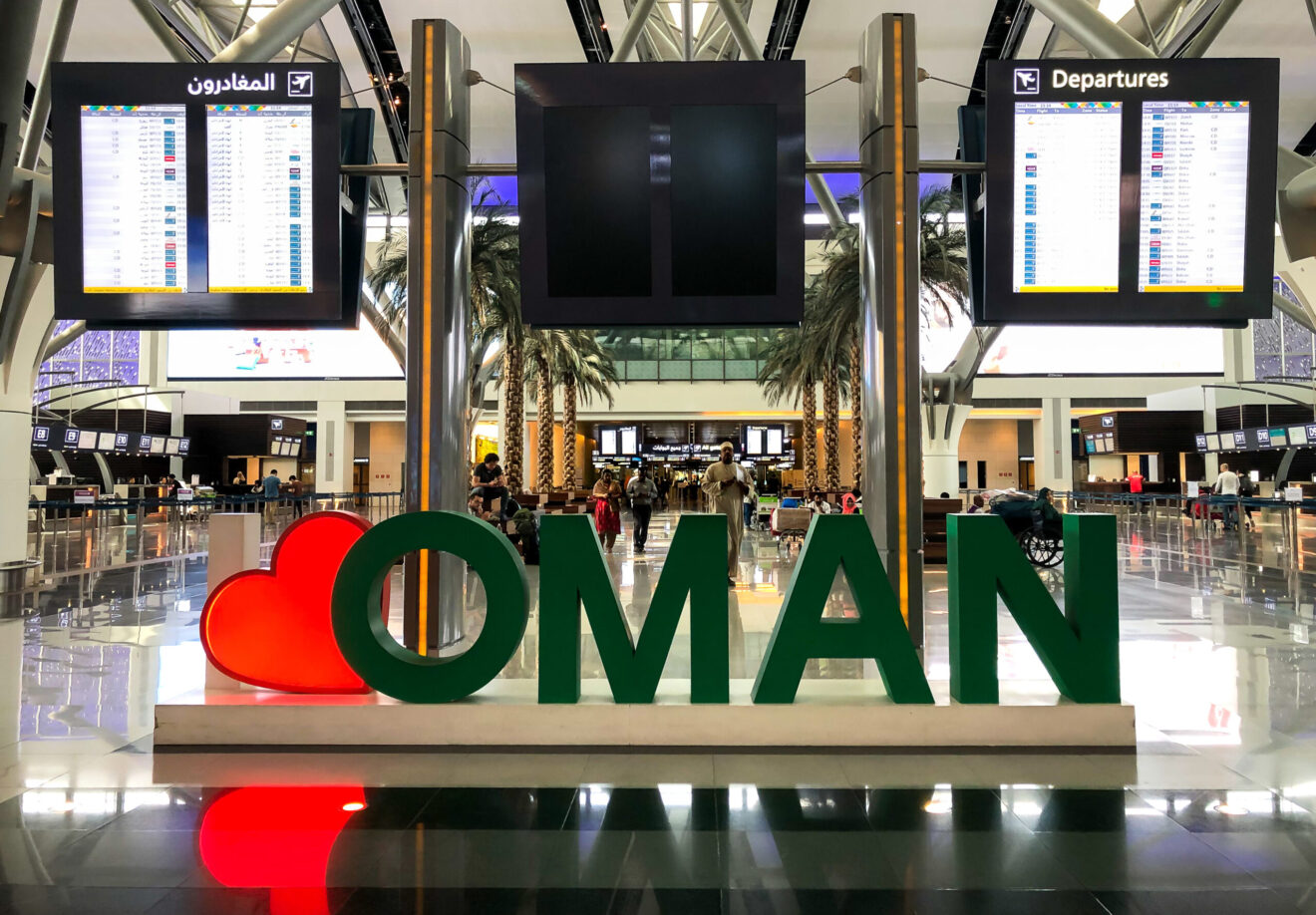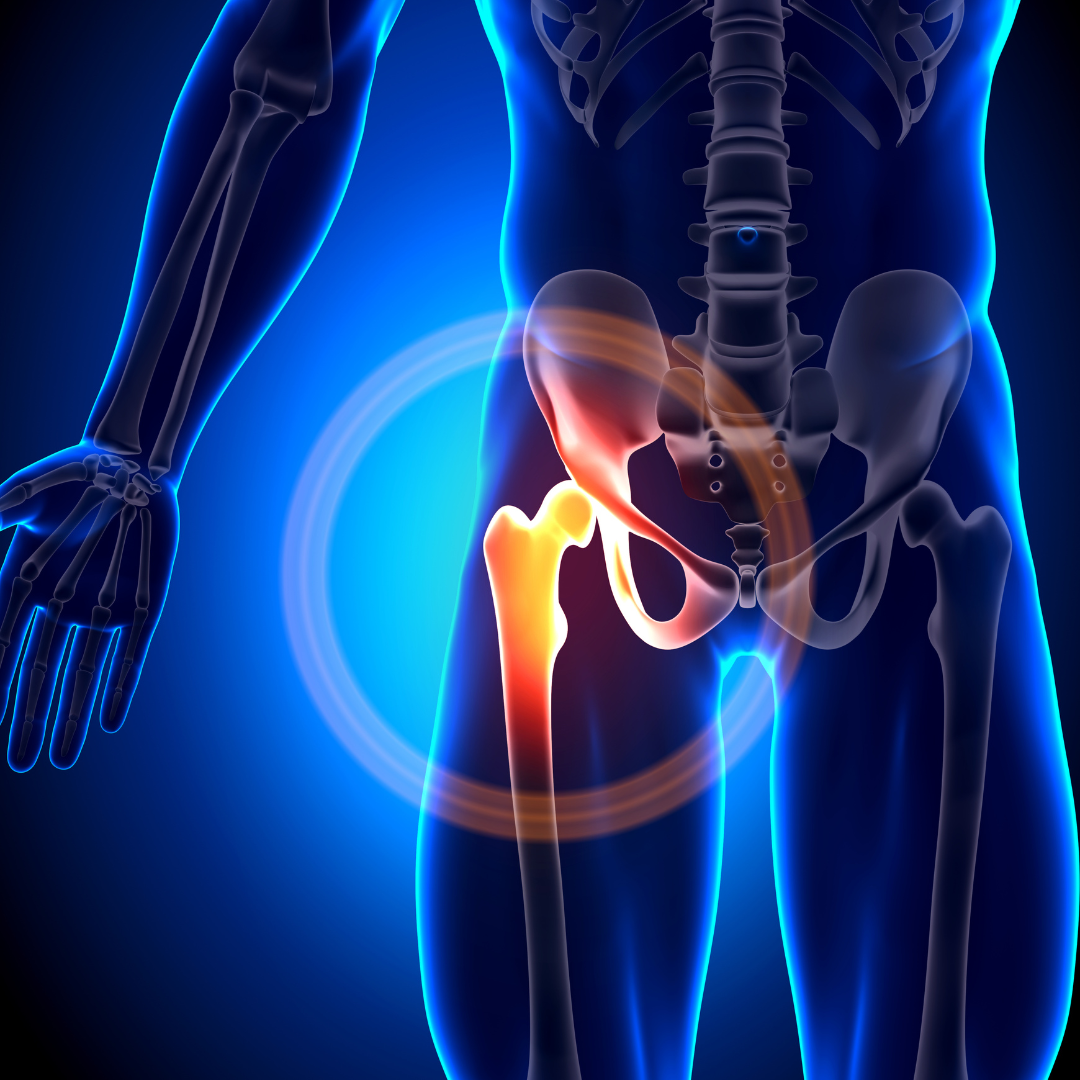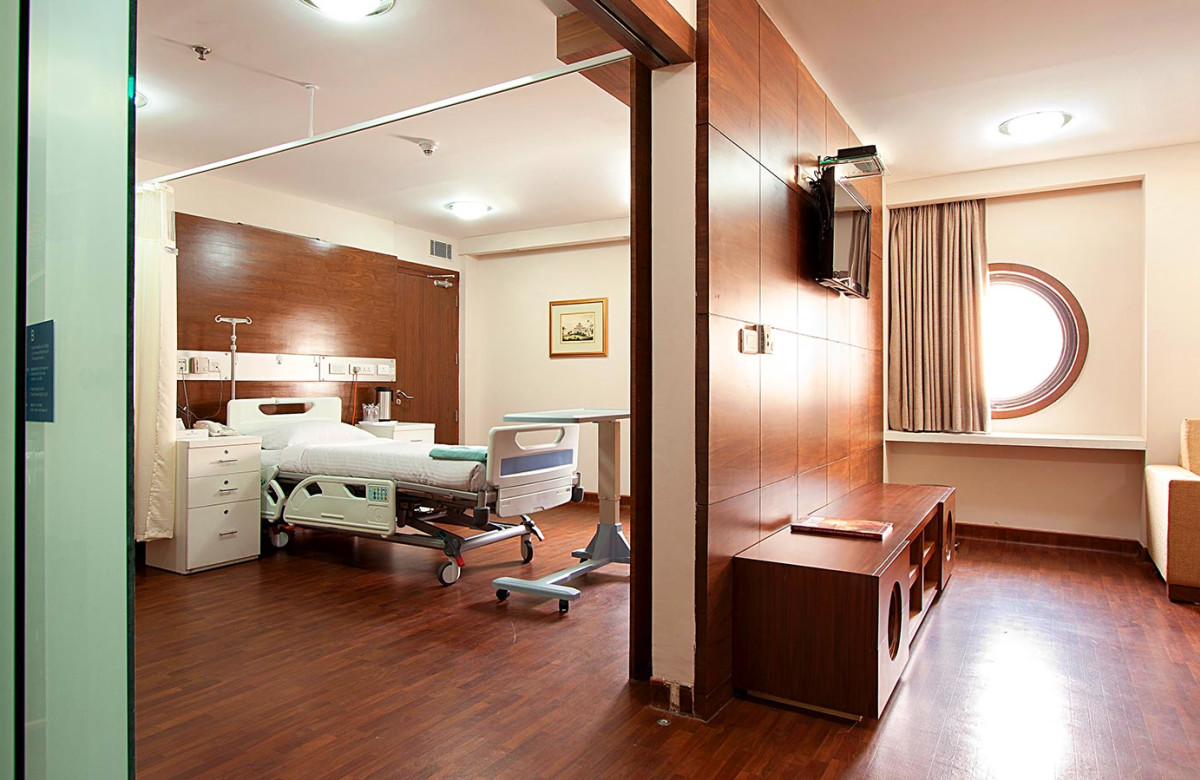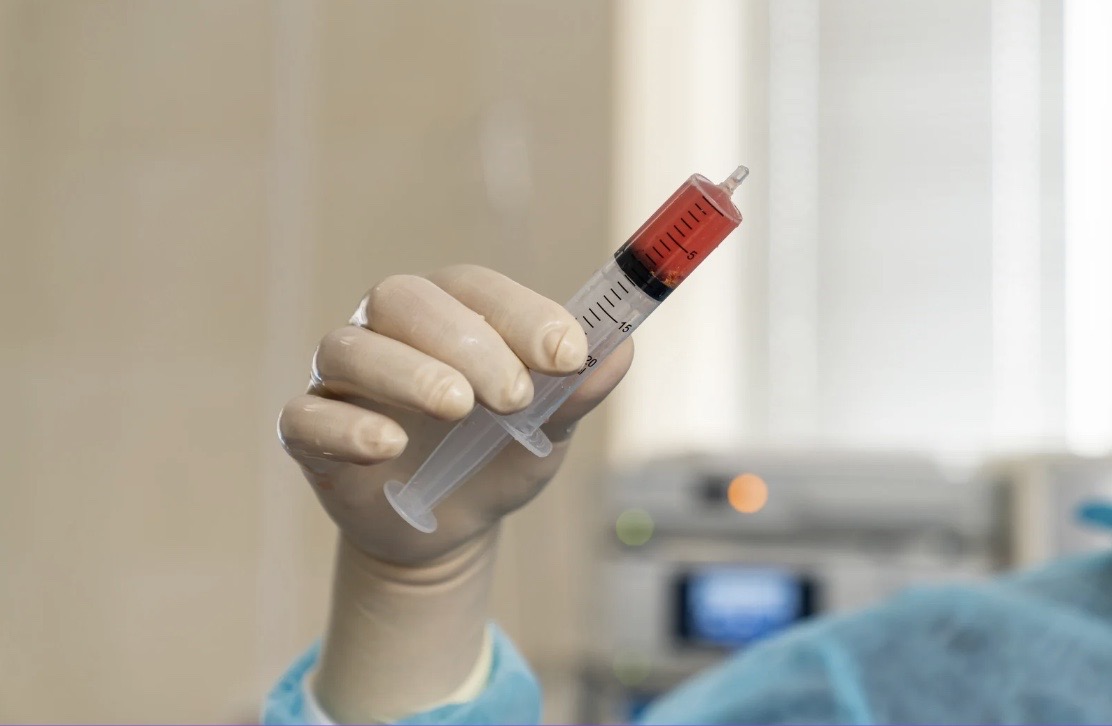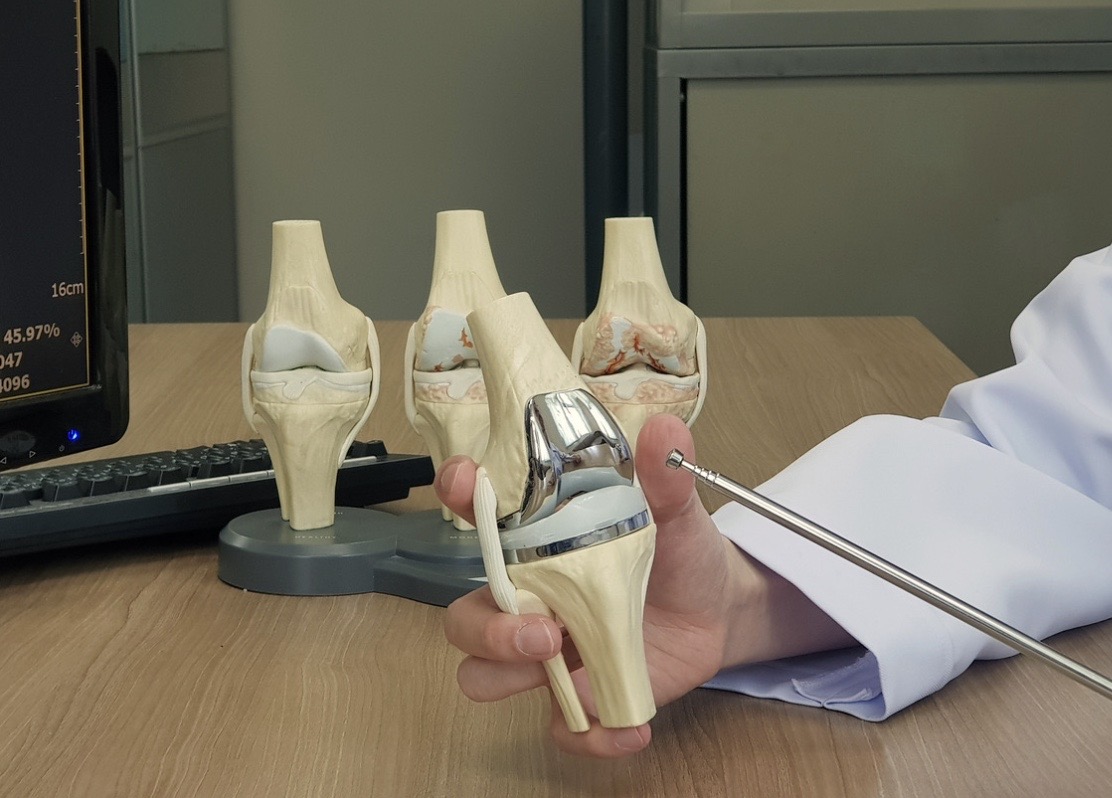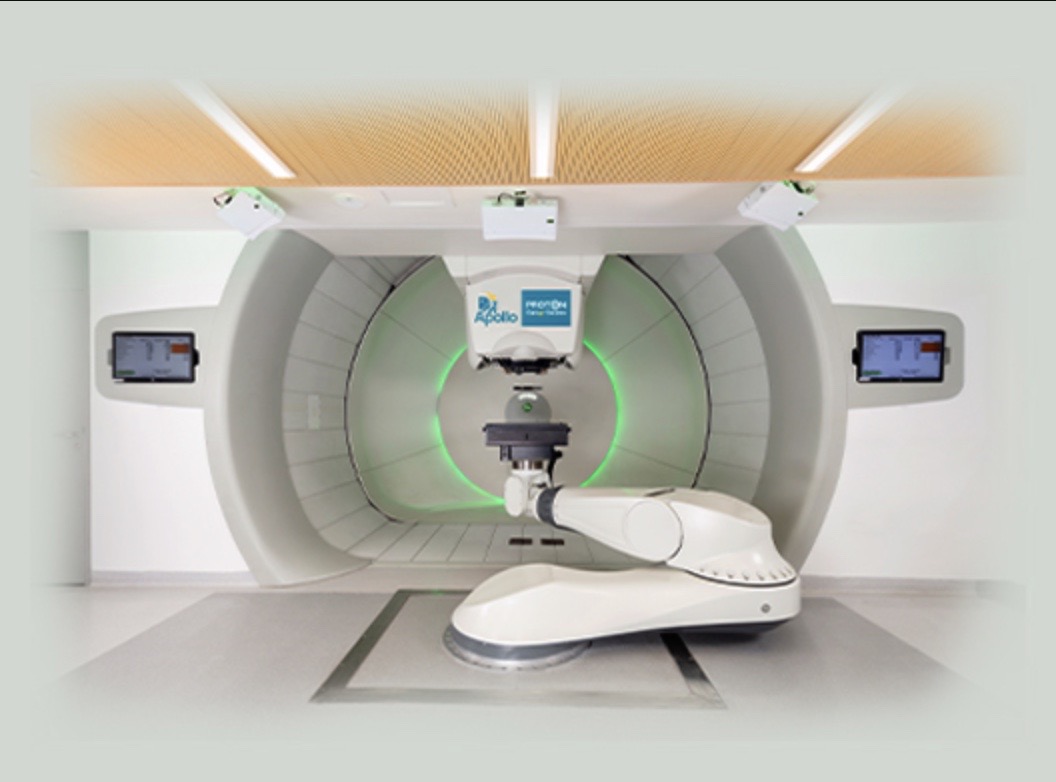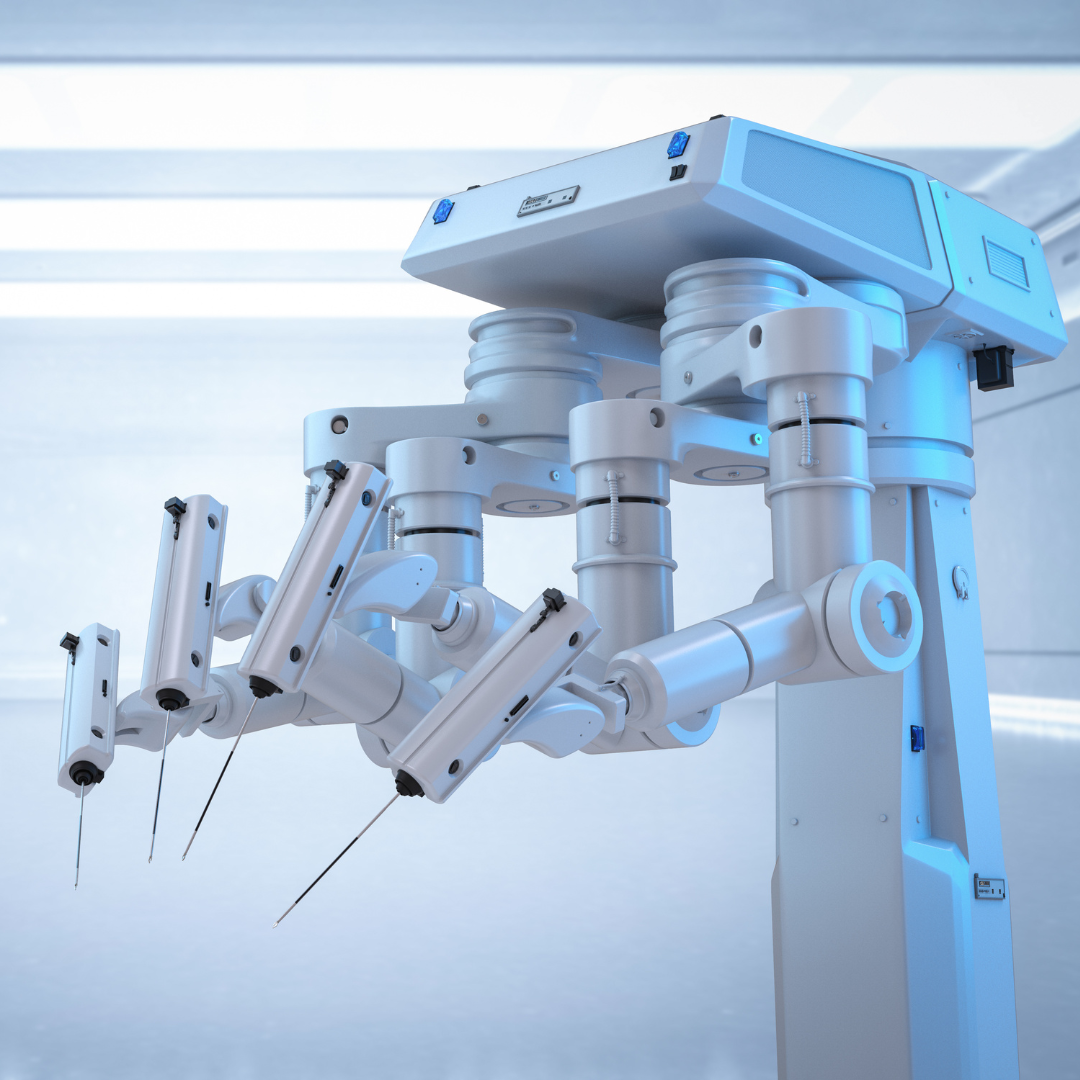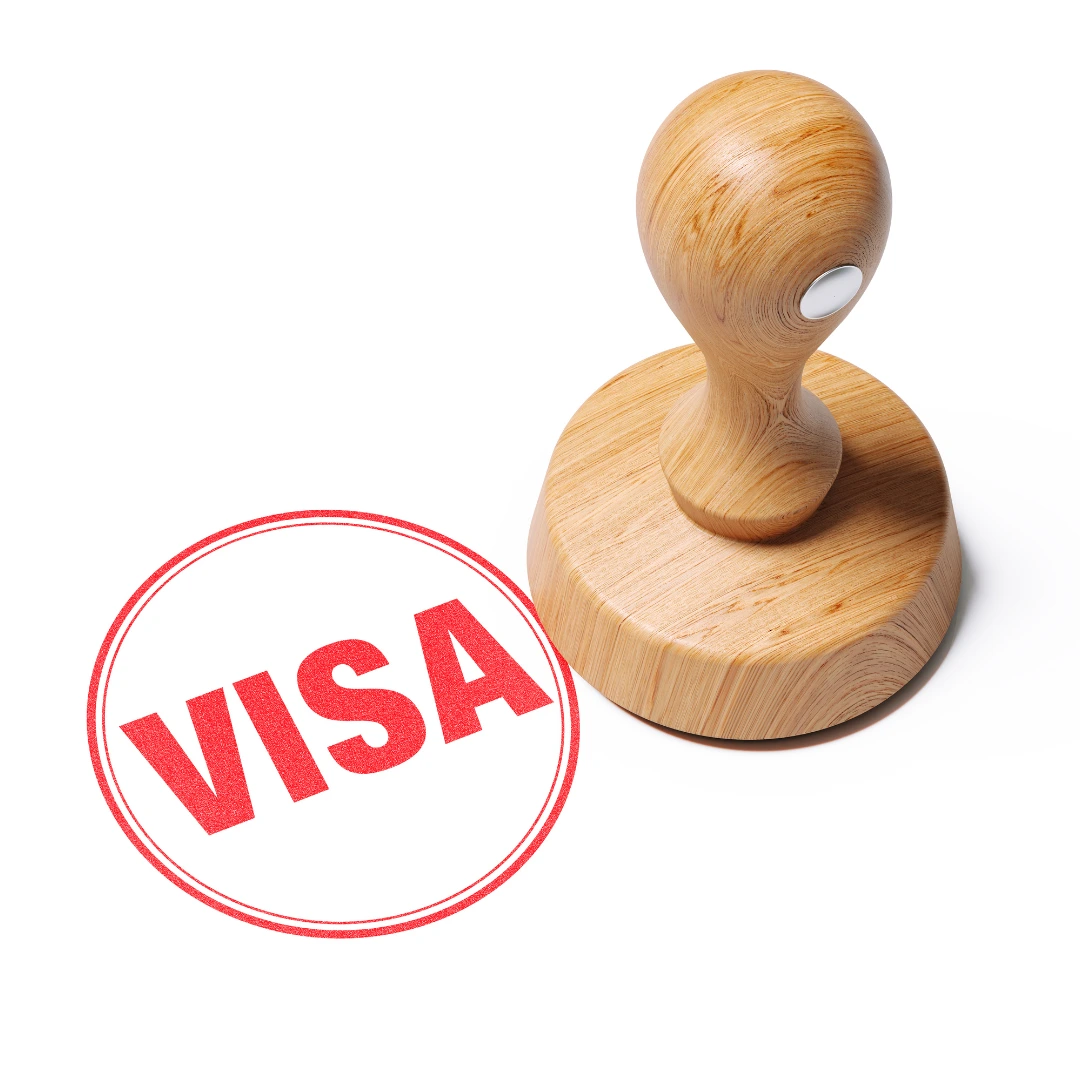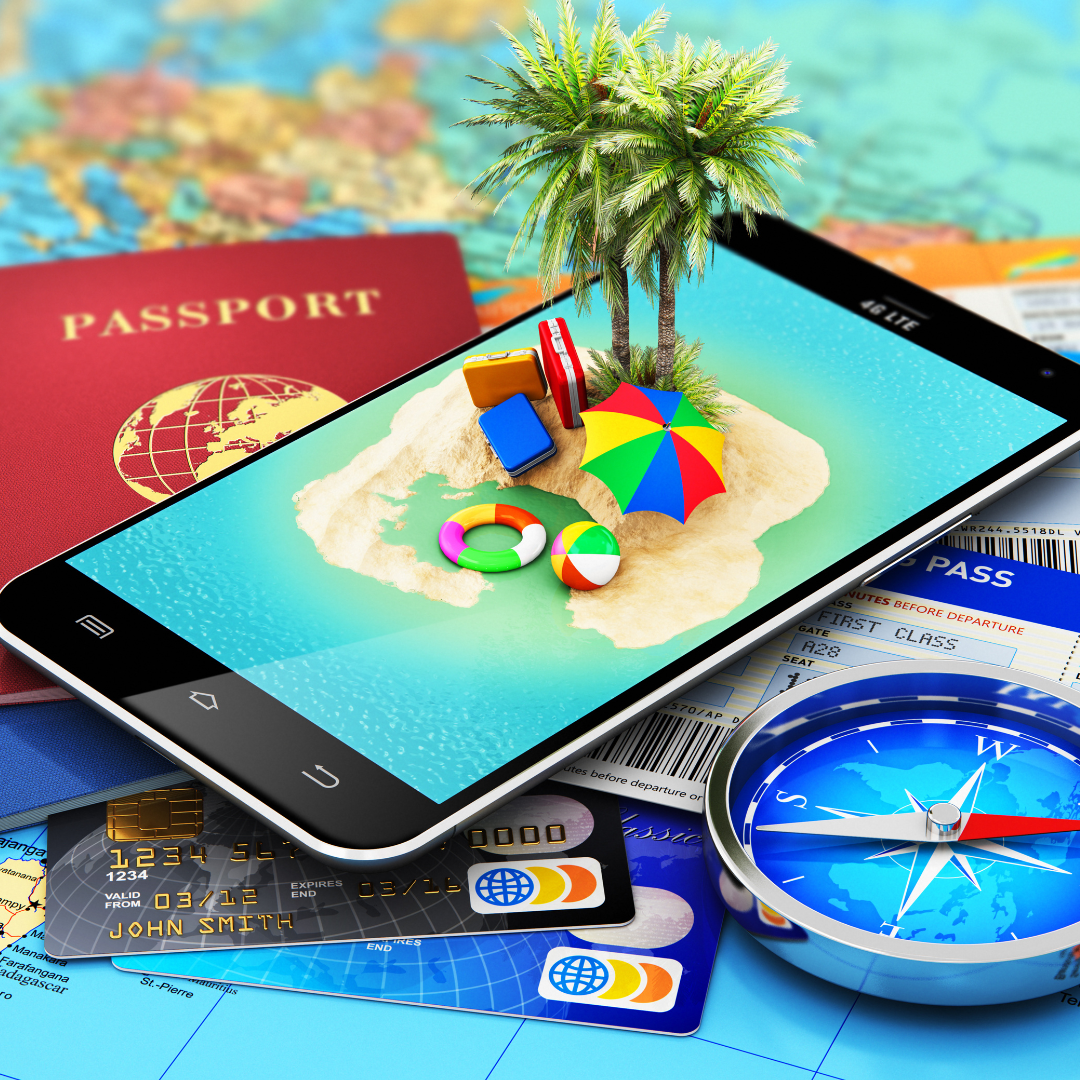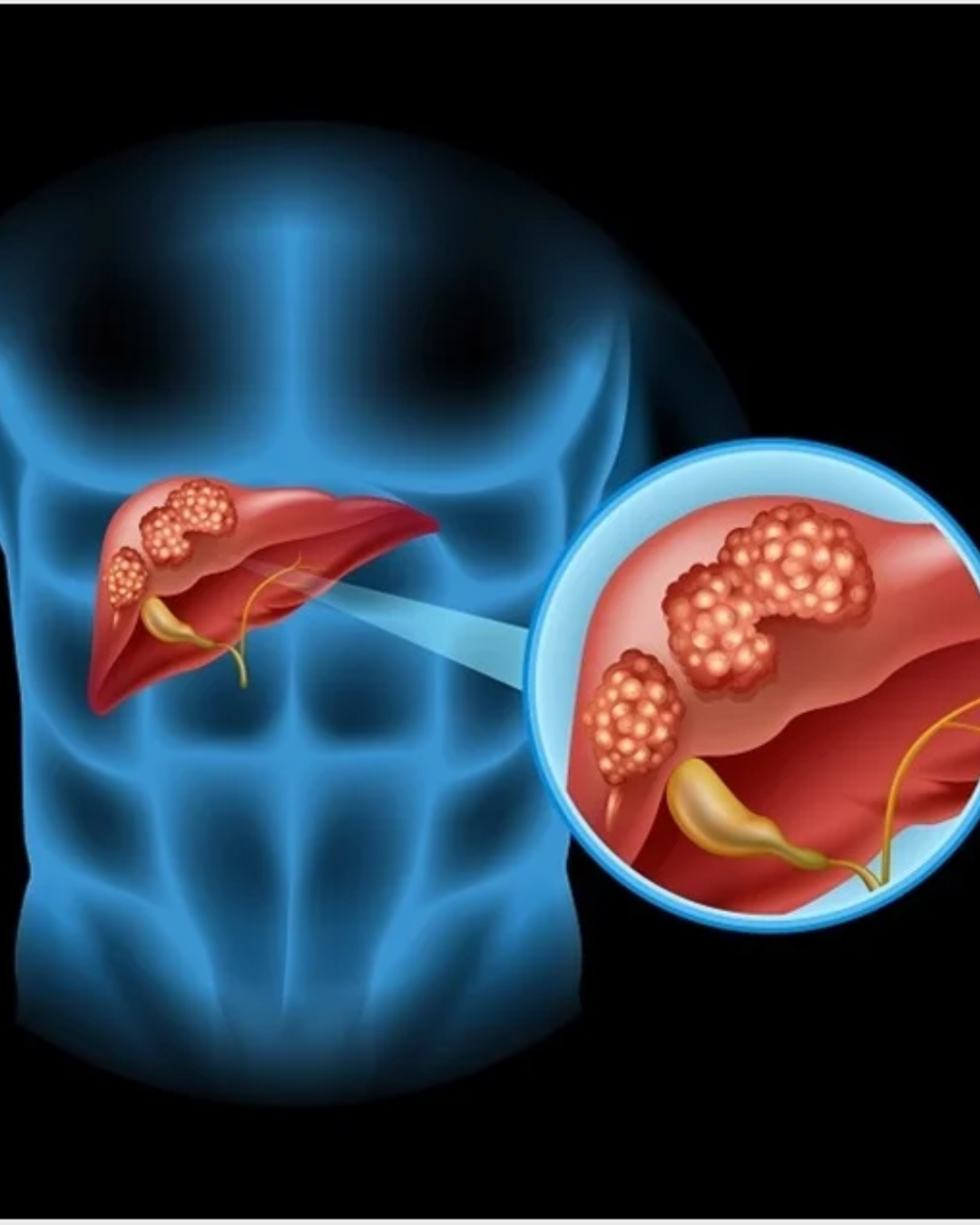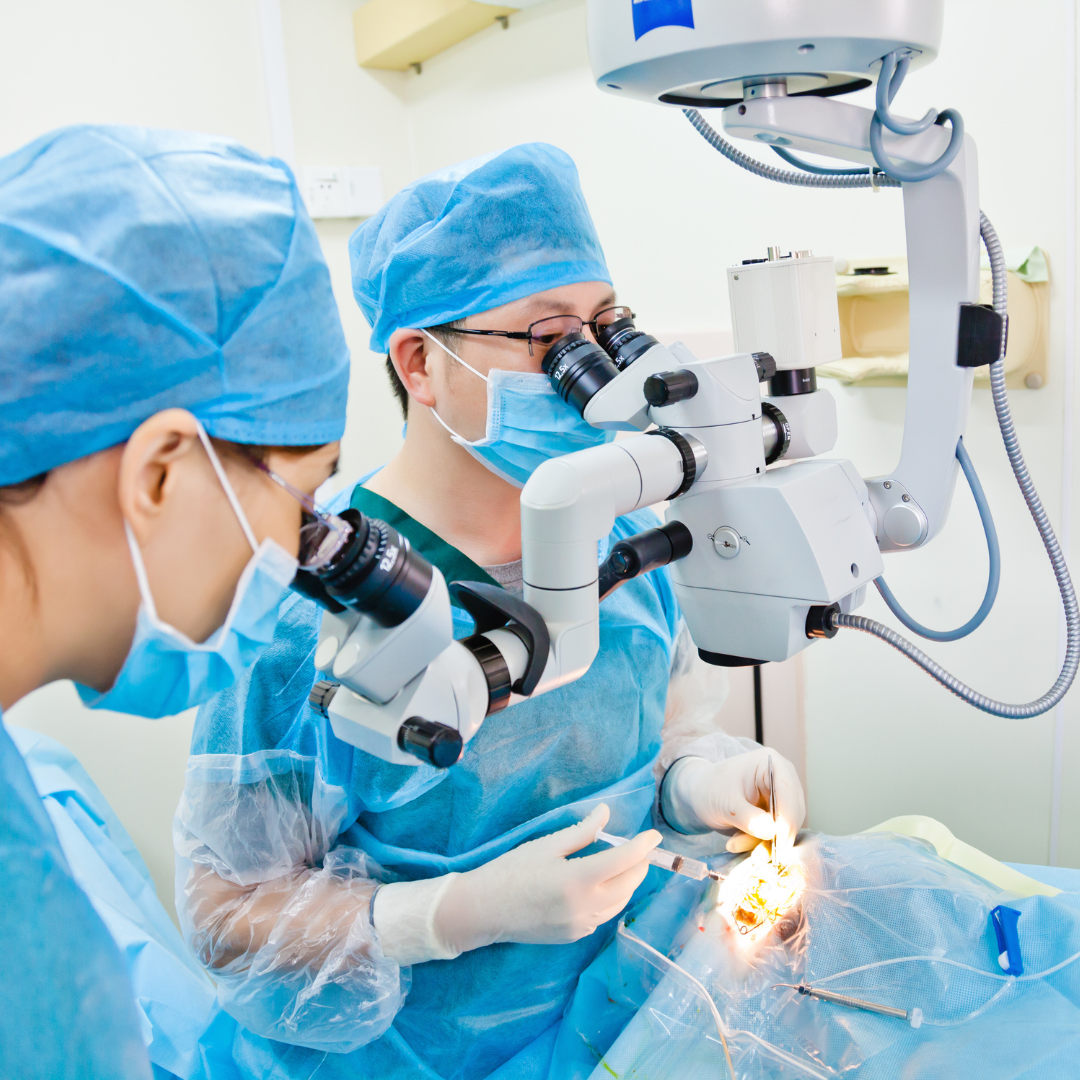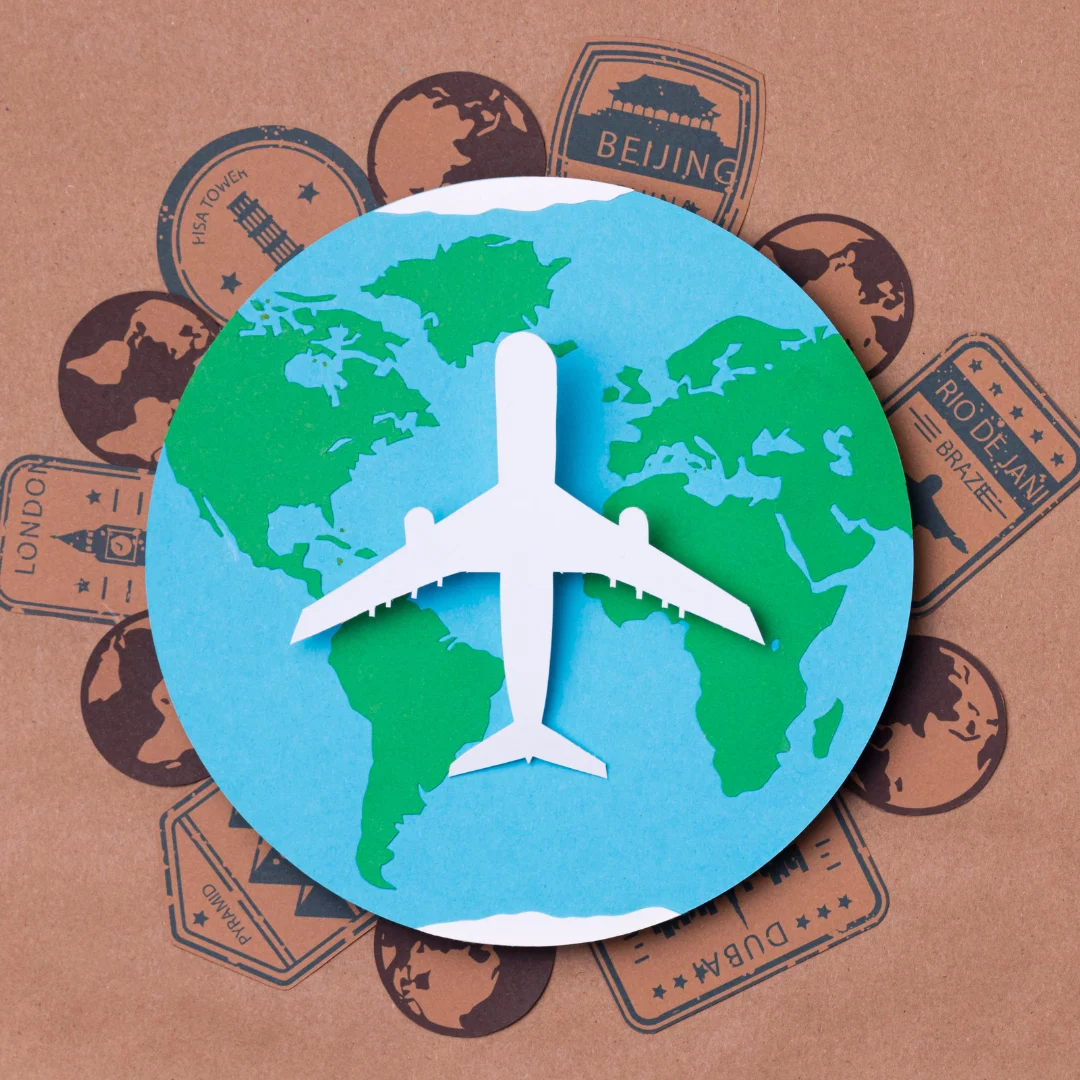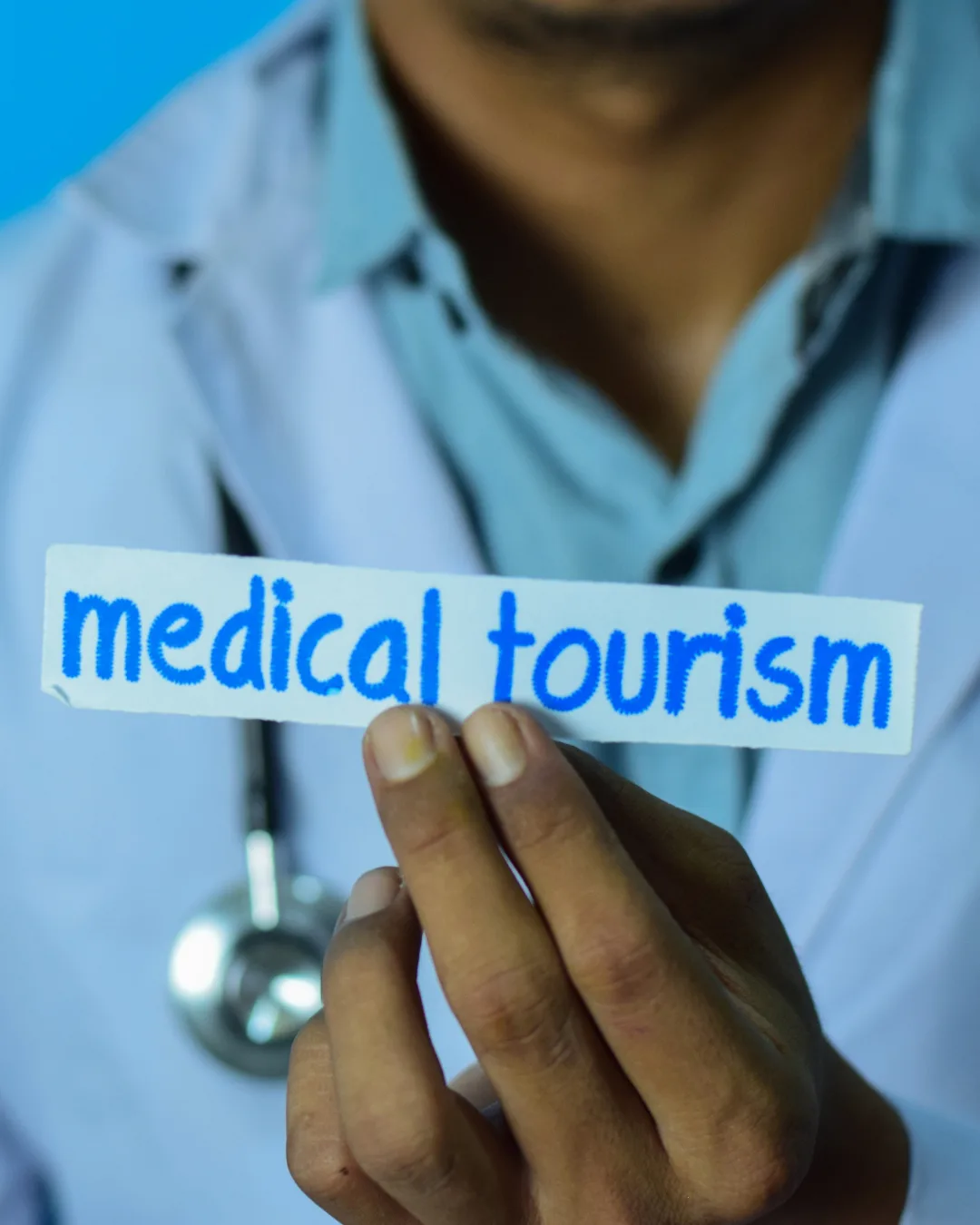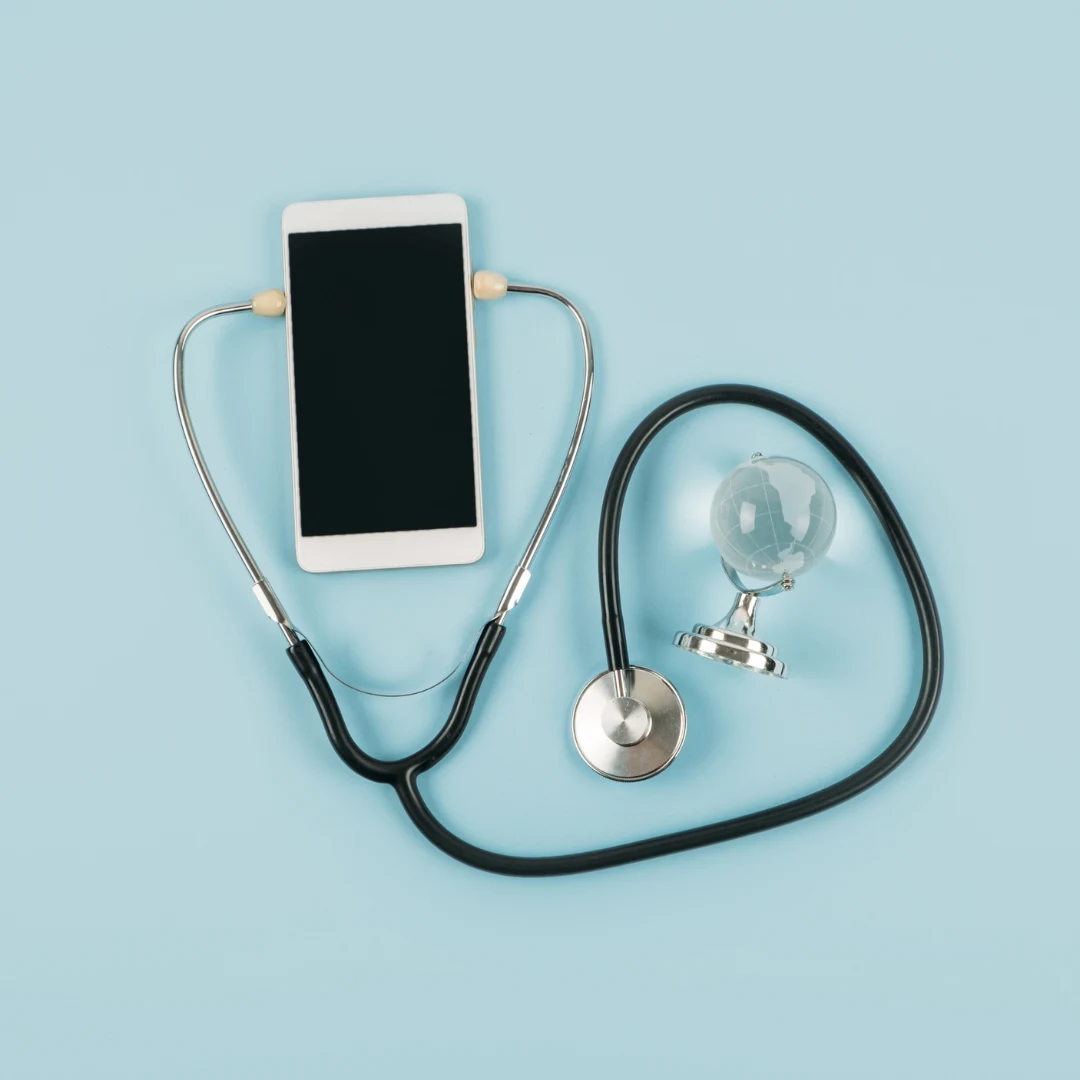
The Role of Telemedicine in Pre- and Post-Treatment Care for Medical Tourists
Medical tourism has transformed into a worldwide industry that lets patients receive top healthcare services in locations outside their home nation while spending less money on those treatments. The experience of medical travelers extends well past their direct medical procedure in a foreign country. Telemedicine operates as an essential tool that unites healthcare providers with patients both before and after medical travel takes place. The digital medical services delivery model known as telemedicine becomes essential for medical tourism by supporting continuous medical treatment and improving patient satisfaction while decreasing expenses.
Telemedicine in Pre-Treatment Care: Preparing Patients for Medical Tourism
Telemedicine delivers its most important value in pre-treatment medical tourism services. In the past, patients who sought healthcare outside their home base dealt with many obstacles during their search because they struggled to find dependable medical guidance alongside selecting appropriate treatments while arranging their logistics. Telemedicine transformed this process by making possible distant specialist consultations that originate from global locations.
Telemedicine enables medical tourists to receive remote preliminary consultations, which allows healthcare providers to diagnose their medical needs while discussing their treatment planning and responding to questions without needing to meet in person. The initial contact phase enables patients to obtain the proper information needed for their medical tourism experience, which reduces both their stress and their uncertainty. Providers achieve detailed collection of medical data and diagnosis information through telemedicine systems, which enables them to design individualized care plans for each patient.
Telemedicine simplifies the travel preparation process by delivering guidance for medical screening requirements while instructing patients about vaccinations and medication usage. Medical tourists access complete information about health center admissions as well as lodging and transportation arrangements through digital communication systems. The smooth pre-treatment engagement between doctor and patient leads patients toward a higher level of confidence before their medical procedure outside their home country.
Post-treatment clinical care delivery through telemedicine improves patient experiences within the field of international medical services.
Telemedicine adopts an essential function beyond treatment by delivering vital services to medical tourists throughout their post-treatment phase. Medical tourists need regular follow-up care and medication management following their procedures since they return to their home country. Patients and healthcare providers stay in constant electronic contact for remote services during recovery, which bridges distance-related supervision gaps.
Telemedicine consultations after post-treatment help in identifying complications early and also reassure the patient, as well as ensure that timely intervention is required. Maintaining continuity of care is essential to boost treatment results and contentment as far as clients are concerned. It also eases the opportunities to have overseas follow-up visits, thereby removing the burden of numerous international trips.
With the ability to securely share medical records, diagnostic images, and rehabilitation protocols, telemedicine platforms can be used by healthcare providers to communicate medical records with their patients as well as their local doctors to promote coordinated care. Together, these bring up an integrated approach that enhances trust and deepens the bond between patients and providers, and is important for long-term health management.
Benefits of Integrating Telemedicine with Medical Tourism
However, there are many advantages of integrating telemedicine into the field of medical tourism.
- Telemedicine can increase accessibility since patients from remote or underserved places will no longer need to physically travel for medical assistance. They will be able to access expert medical advice and even specialized care through this medium remotely.
- Telemedicine reduces total costs by making it possible to cut down on the number of in-person consultations and follow-up visits overseas.
- Continuous Virtual Support before and after treatment boosts patient confidence, decreases anxiety, and overall improves the patient’s health care experience, which in turn enhances the patient satisfaction level.
- Higher Willingness to Travel: As determined by previous studies, telemedicine communication has a positive effect on the patient’s willingness to go on medical travel because the patient feels more secure and informed during the whole process.
- Integrating Global Reach: Telemedicine services of healthcare facilities enable them to attract and serve international patients better, which means an enlarged clientele.
Challenges and Future Directions
Telemedicine brings immense benefits to medical tourism, but it has some problems to be solved. It is paramount to ensure data privacy and security across borders because digital transmission of sensitive medical information is involved. Countries having different regulations complicate licensing and liability for telemedicine providers. Other issues include technological disparities, for example, internet access was not present in the community, and the digital literacy of patients, which may affect the quality and the extent of telemedicine services.
Despite these challenges, the role of virtual reality, artificial intelligence, and mobile health applications in artificial intelligence that continue to advance will boost telemedicine’s status as an integral aspect of medical tourism. This will help AI-powered diagnostic devices, as well as remote monitoring devices, provide better results of assessments and customized plans of care. The pre-treatment education and the post-treatment rehabilitation may be offered in virtual reality. Medical tourism is bound to see these innovations continue improving patient outcomes and the satisfaction of the patient.
Conclusion
Given that medical tourism is evolving its landscape, telemedicine and how patients are preparing for and getting better from treatment abroad have become an important cornerstone of medical tourism. Telemedicine facilitates remote consultation, continuous monitoring, and communication that is as seamless as possible with telemedicine, making sure the patients get the whole medical experience. Not only does this improve health outcomes, but it also improves accessibility, affordability, and convenience to make medical tourism a more feasible option for patients worldwide.
The medical tourism industry continues to grow, and as technology continues to advance and patients become more and more in demand for quality care, the synergy between telemedicine and cross-border health care will develop. In the coming years, those who are willing and able to provide telemedicine services in their medical tourism offerings will be well-positioned to provide exceptionally good care, build lucrative relationships, and expand their visibility throughout the globe.


